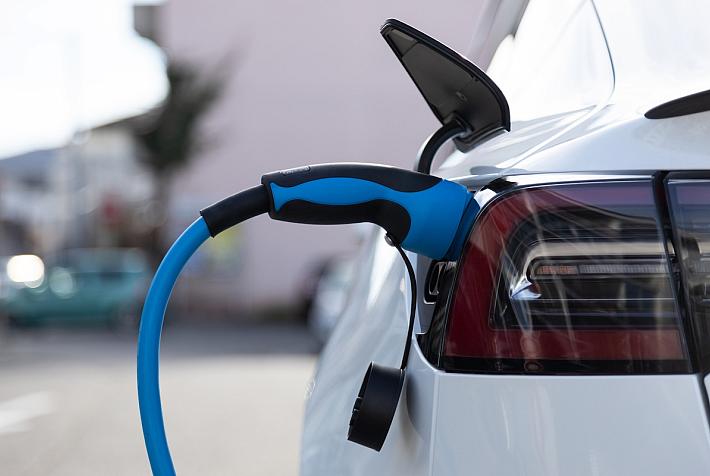What is the mobile application development process?

Business owners often find themselves uncertain before starting the development process. They're unsure about how everything works, the stages involved, and how to communicate with the app development service company effectively.
This is completely normal — everyone has a first time. This guide is for those planning to engage with mobile application development services and who want to gain a clearer understanding of how all the processes work.
Kick-off call
The partnership with application development services starts with a kick-off call. This is your chance to discuss your objectives, the difficulties you're having, and any particular limitations that could affect the project. The development team will make use of this data to establish reasonable expectations early on in the project.
If your project requires confidentiality, you can sign an NDA to protect sensitive information.
Estimation
After the kick-off meeting, the mobile application development service prepares a comprehensive estimate that outlines the costs involved. This includes everything from design and development to testing and deployment. The estimate provides a clear picture of the timeframes, resources required, and potential risks.
Along with the estimate, a roadmap for launching the project is provided. This is a carefully crafted plan that dissects the entire process into bite-sized, manageable phases.
Designing
The design process begins with creating a mind map based on thorough research. Unlike conventional brainstorming, this step focuses on identifying negative references—elements in existing apps that don’t work well or could be improved.
After that, the design transforms from the mind map to the wireframes, the design concept, and the final layout. Here’s the difference between these stages of design:
- Mind Map - Research-focused brainstorming, identifying negatives in existing apps.
- Wireframes - Black-and-white sketches of app structure and user flow.
- Design concept - Creation of 1-2 screens to establish core style (colors, fonts, aesthetics).
- Final layout/UI kit - Complete design with all visual elements finalized (buttons, icons, typography).
Development
The development phase is where the app comes to life. To ensure efficiency and agility, mobile application development services typically divide processes into sprints.
During the development process, the development team makes trial versions of the app through services like TestFlight and Google Play's beta testing. The customer may see how the app functions on actual devices using these trial versions. It's a crucial step in seeing possible problems early and fixing them before the official release.
Testing
Testing is a critical phase that ensures the app performs as expected. It consists of two phases:
- Manual testing. In this stage, mobile app development service companies carefully examine the app. They ensure that the app performs well. To find any faults or malfunctions that can impact the user experience, they replicate real-world circumstances.
- Automated testing. When it comes to repetitive jobs and regression testing, automated testing is very helpful.
Release
The app development company manages the entire submission process, ensuring that the application meets all rules and requirements from Google Play and the App Store. This includes preparing all necessary resources, such as screenshots, advertising materials, and app descriptions.
Ongoing support
App development is only the beginning of the adventure. Support after launch is a crucial step in the development process. The mobile app development services keep an eye on the functionality of the program, fix any issues that crop up, and release updates that add new features. This guarantees that the app will continue to be competitive and relevant in the market.
Final tips for each stage of the development
Relevant tips to help you focus on the right actions:
Kick-off call
- Prepare a clear outline of your project goals, key features, and target audience before the call.
- Ask specific questions about how the team handles unforeseen challenges.
- Ensure that all stakeholders are present for this call to align on expectations.
Estimation
- Request a breakdown of costs by feature or phase to understand where your budget is allocated.
- Clarify how the development team handles scope changes and what impact they might have on the budget and timeline.
- Confirm that the timeline accounts for potential delays or revisions.
Designing
- During mind map discussions, highlight any unique aspects of your app that differ from existing solutions.
- Review wireframes for usability, ensuring that navigation is intuitive and aligns with your user personas.
- Provide specific examples of design styles you prefer during the concept phase to guide the creative process.
Development
- Set up regular check-ins (e.g., weekly or biweekly) to review sprint progress and address any concerns early.
- Test the trial versions in the same environments your users will use, such as different devices and operating systems.
- Provide clear, detailed feedback on trial versions to avoid miscommunication.
Testing
- Identify critical user paths and ensure they are thoroughly tested during both manual and automated testing phases.
- Insist on testing across multiple device types and OS versions to cover the diversity of your user base.
- Ask for a test plan that includes specific scenarios relevant to your business (e.g., high traffic, security vulnerabilities).
Release
- Double-check all metadata (app name, description, keywords) to ensure they align with your marketing strategy before submission.
- Plan a soft launch in a smaller market to gather initial feedback before a full-scale release.
Ongoing support
- Schedule regular updates (e.g., every quarter) and outline what types of updates will be prioritized (e.g., bug fixes, new features).
- Engage with users post-launch through in-app surveys or feedback forms to identify areas for improvement.
We hope this information was useful for you. We wish you a smooth development process and a successful release!
Photo source: pinterest.com
*This is a Press release.












